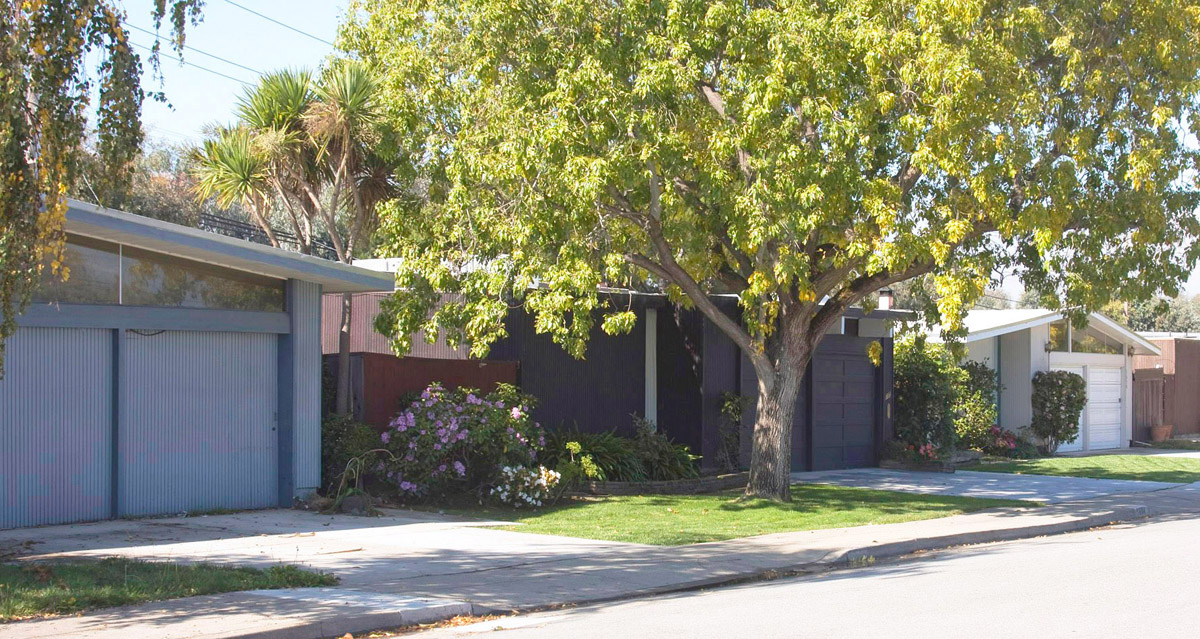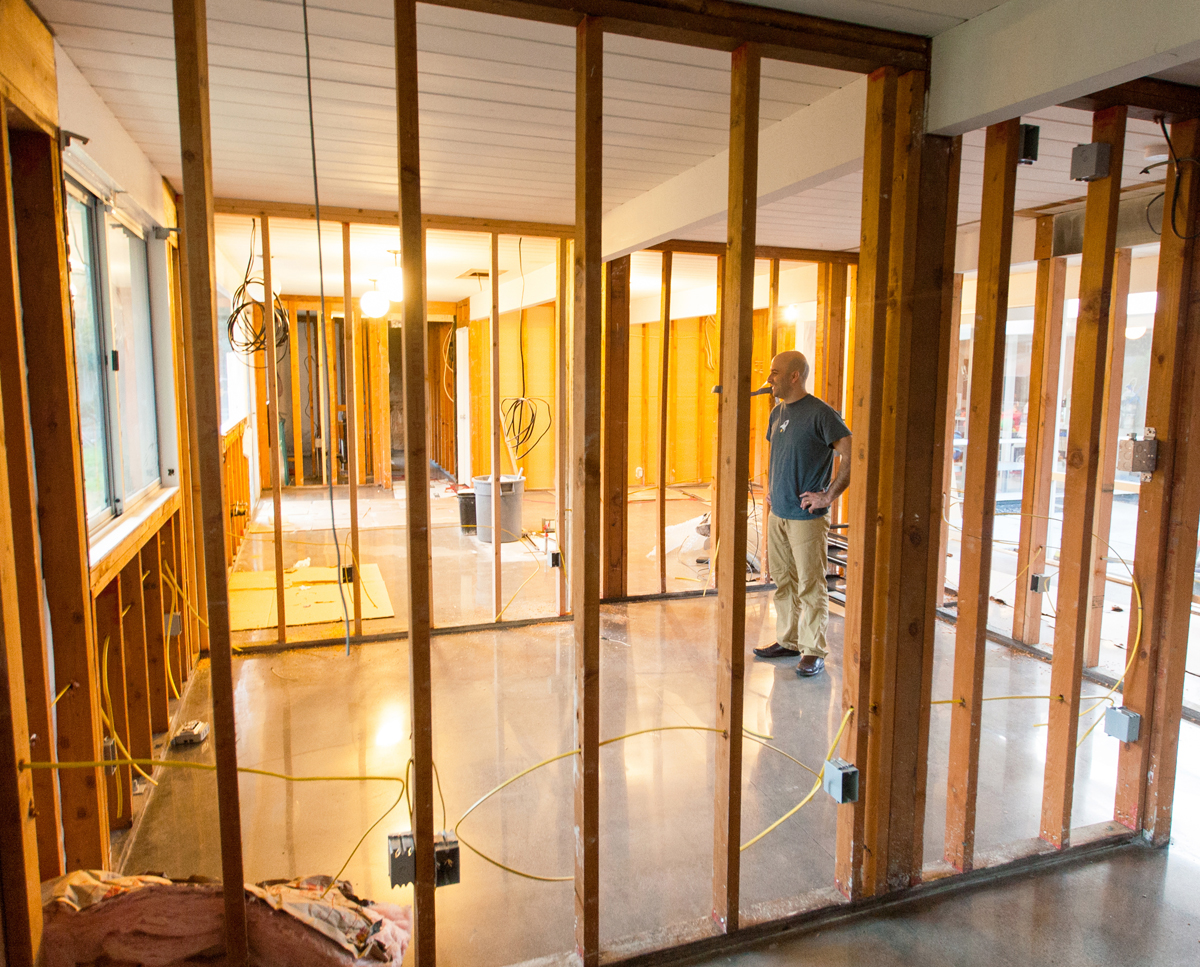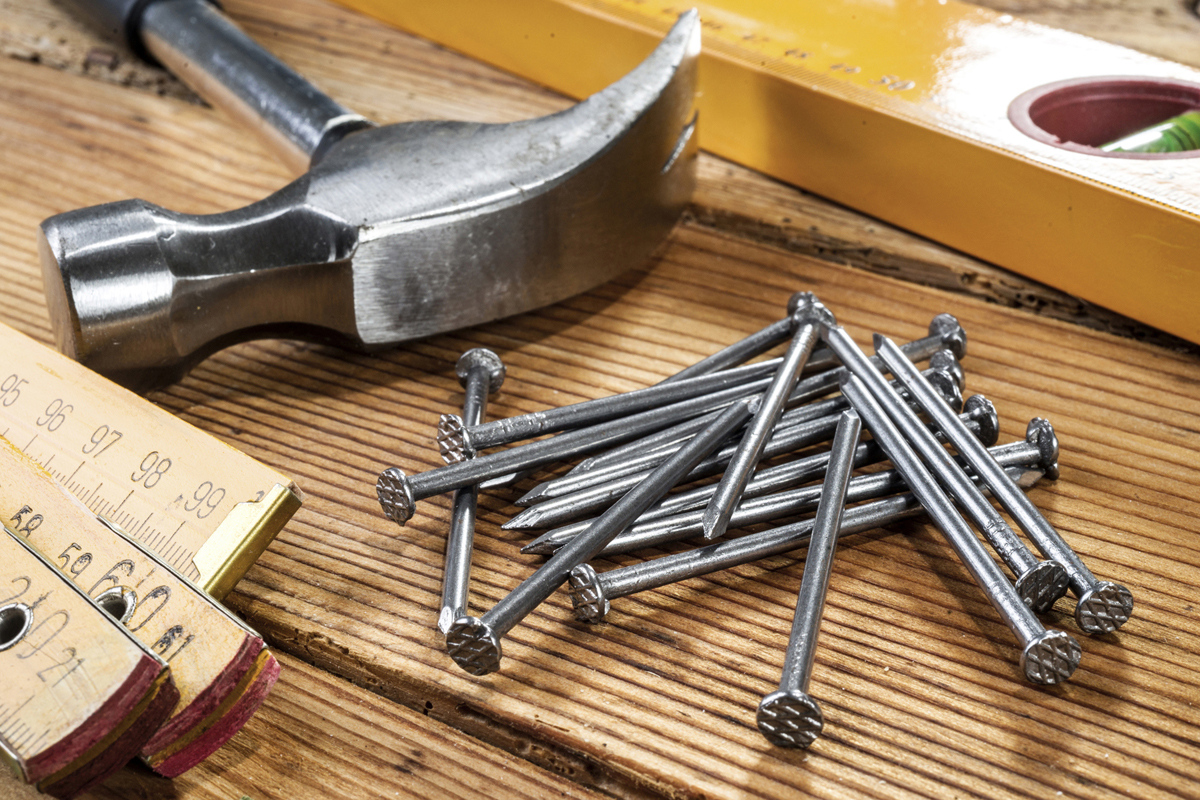Restore, Rehab, Refurbish?
 |
|
|
Ever wonder if that new home renewal project you're about to undertake can accurately be called an act of 'restoration,' 'rehabilitation,' or 'refurbishment'—or something else altogether?
Tune in to any home improvement or 'flipper home' show, and you'll hear lots of techy-sounding buzzwords like those three. Real estate listings are another place where such terms are bandied about, often interchangeably.
Frankly, all of this terminology can be disconcerting, especially to those who are interested in preserving mid-century homes.
To clear the air and gain some much-needed clarification, it's time to consult those in the know. For guidance, we turned to the California Office of Historic Preservation, in Sacramento, where we spoke with state historian Jay Correia.
"There are basically three broad themes—preservation, rehabilitation, and restoration," Correia points out. These principles have become the foundation of the 'Secretary of the Interior's Standards and Guidelines for the Treatment of Historic Properties' and are detailed on the National Parks Service website.
 |
"The Standards are a series of concepts about maintaining, repairing, and replacing historic materials, as well as designing new additions or making alterations," he says.
"The Guidelines offer general design and technical recommendations to assist in applying the Standards to a specific property. Together, they provide a framework and guidance for decision-making about work or changes to a historic property."
Correia adds, "I like to tell people that the Standards say repair rather than replace whenever possible—seeing if the original material can be repaired, or replace in kind using the same material, workmanship, and design."
'Preservation' is when work is done to keep a structure in the shape it is currently in, or to save a structure from further deterioration. "Preservation is taking a picture of a building as it is right now," says Correia. "If there have been substantial changes, then restoration might be the appropriate treatment; for example, removing a second story that was added insensitively."
Ensuring that aged original wood siding is protected against decay from the elements would be another example. "Doing everything you can to maintain that building as it is," he adds, "might even mean keeping a few things that may have been done to the building early on to illustrate how a family solved certain problems to live in it during a specific period."
 |
'Rehabilitation' can be done in order to keep a historic building intact or when a structure is fixed so that the defining significant characteristics of the building remain. It may not look entirely like the original architect's conception; elements might even be more contemporary. "A very sensitive expansion of a bedroom to a non-primary facade would fall into the rehabilitation category," says Correia.
Another example of rehabilitation is when a building is updated for a use other than its original intent, and the rehab is then referred to as adaptive reuse or reclamation.




